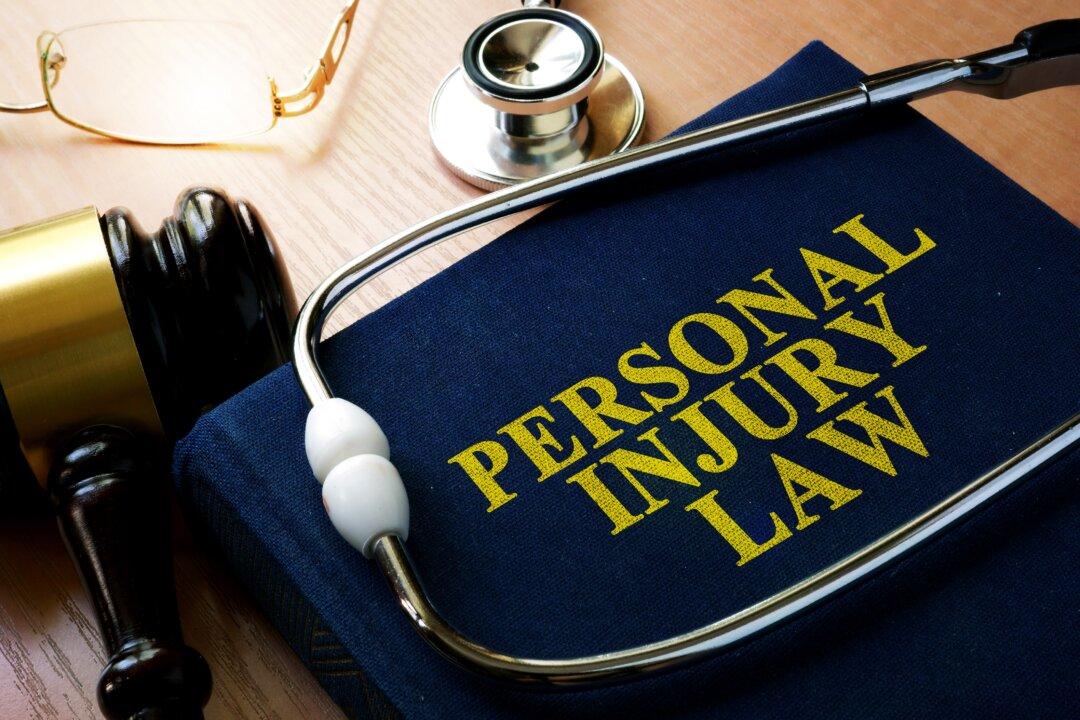Commentary
My local running club is short of coaches. It’s unwilling to pay coaches, though, since remuneration would formalize coaching relationships and make the club liable to lawsuits over potential injuries.

My local running club is short of coaches. It’s unwilling to pay coaches, though, since remuneration would formalize coaching relationships and make the club liable to lawsuits over potential injuries.